In June 2025, Tesla quietly launched its first batch of Robotaxi self-driving cab models in Texas. Although it did not hold a grand conference or Musk’s usual social media campaign, behind this “low-profile”, it hides Tesla’s important step in the commercialization of self-driving. Austin, Texas, as the location of Tesla’s new headquarters, has become the first pilot area for Robotaxi, which also indicates that Tesla intends to promote the marketization of FSD technology through actual operation data.
A driverless vehicle on the road
According to the photos and test vehicle images exposed at the scene, Robotaxi is built on a new body platform, eliminating the traditional steering wheel and pedal design, and replacing it with a set of fully autonomous driving logic based on the FSD V12 system. After passengers get into the car, they only need to set the destination in the Tesla App, and the system can automatically recognize the road and complete the whole process of navigation, driving, and parking. On an experiential level, the Robotaxi’s interior is laid out similarly to a high-end lounge cabin, complete with adjustable seats, a digital screen, and a voice assistant system. The vehicle itself is fused with multiple sensors such as millimeter wave radar, lidar, and cameras, combined with AI models to deduce the driving path, thus realizing driverless in the true sense of the word.
Texas is the premier location, and friendly policies are key
Why choose Texas as the first stop for Robotaxi landing? Analysts point out that this is closely related to the relatively open self-driving regulatory policy of Texas. Compared with regions such as California, Texas provides a more flexible framework in terms of test licenses, legal liability attribution, etc., allowing companies to conduct open road pilots. In addition, Tesla’s Superfactory in Austin (Giga Texas) is not only the manufacturing base for Cybertruck, but also one of the FSD R&D centers. This provides solid support for Robotaxi’s local commissioning, operation, and maintenance. According to sources, Robotaxi is currently only operating in some areas of Austin, with relatively fixed routes, and is mainly used for commuting, campus transportation,n and short-distance taxi service in the city center. It is expected to expand to Dallas, Houston, and other cities in the future.
FSD V12 system is put to the test, Robotaxi is the key vehicle
Robotaxi’s operation also means that the FSD V12 system has entered full commercialization for the first time. Musk has declared on several occasions that “FSD will be an AI-driven autonomous driving system”, and its underlying structure has long since shifted from rule-based logic to neural network-driven, with autonomous learning and dynamic optimization capabilities. During the operation of Robotaxi, every section of driving data will be transmitted back to Tesla’s server in real time for analysis, which not only helps the system learn various extreme scenarios but also provides data support for accident tracing and operation optimization. Tesla is using the Robotaxi project to further accumulate the valuable resource of “Real Scenario Driving Data” to optimize FSD and expand to more markets.
The business model is taking shape, and Robotaxi may reshape urban mobility
In addition to the technical aspect, Robotaxi’s commercial operation has also triggered extensive discussion. According to industry analysis, Tesla is expected to connect Robotaxi with its “Tesla Network” platform in the future, realizing the function of shared mobility – users can call Robotaxi through the App to travel, and can also rent out their vehicles to earn commissions during idle hours. Users can call Robotaxi through the app to travel, and can also rent out their vehicles during idle time to earn a commission. This “decentralized travel mode” is different from the “artificial + platform” structure of Uber and other platforms, and the operating costs have dropped significantly, which may reshape the traditional cab market and even the entire urban transportation ecology in the future. According to Tesla’s previously submitted financial projections, the annual operating revenue of a Robotaxi is expected to reach more than $30,000, far exceeding the profit model of a traditional car, which makes Tesla more attractive in terms of market capitalization and growth potential.
Regulation, responsibility, and trust
While Robotaxi is full of promise, it still faces many challenges to truly realize large-scale deployment. First, there is the regulatory threshold, as different states have different attitudes toward the legality of driverless vehicles; second, the mechanism for determining liability for accidents is still immature, and once an accident occurs, there is still controversy over whether the liability belongs to the vehicle owner, the manufacturer, or the software system. In addition, the public’s acceptance of driverless vehicles is gradually increasing, but there are still doubts. How to ensure safety, transparency, and trust is an issue that Tesla and all self-driving companies must continue to address.
From Texas, Robotaxi sails into a new era of autopilot
Tesla’s low-profile launch of Robotaxi in Texas, though without much fanfare, has opened up a new era that deserves attention. Robotaxi is not just a technological breakthrough, but also a reshaping of the logic of urban mobility. From people driving to AI driving, this change is not destined to happen overnight, but there is no doubt that it is being implemented in a realistic way, step by step, into our lives. Whether the future belongs to Robotaxi or not, this experiment from Texas may be the most powerful answer.


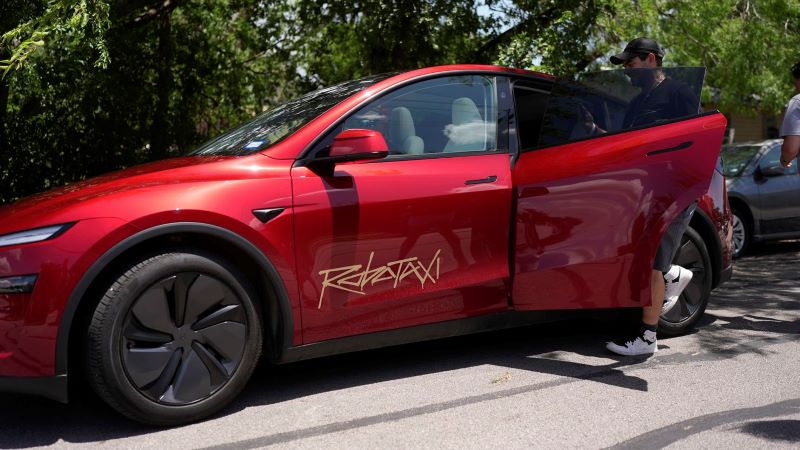



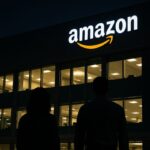

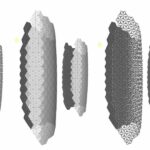
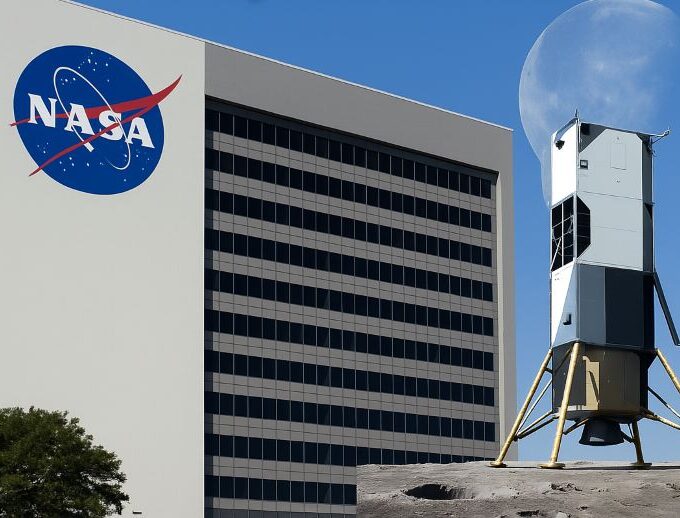
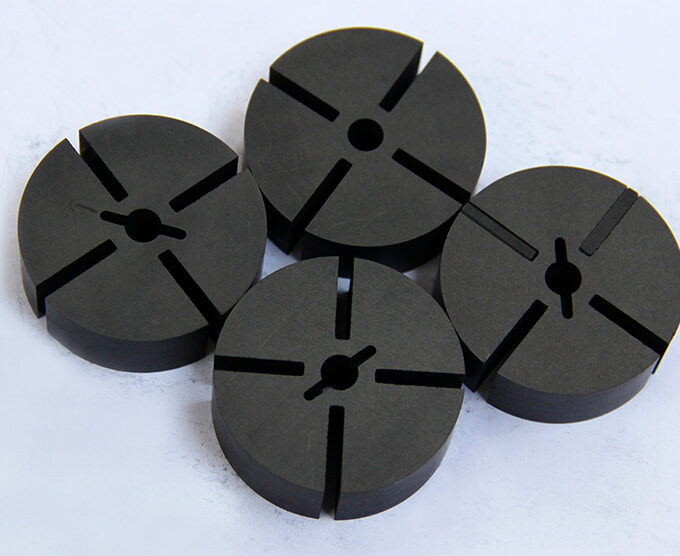


Leave a comment